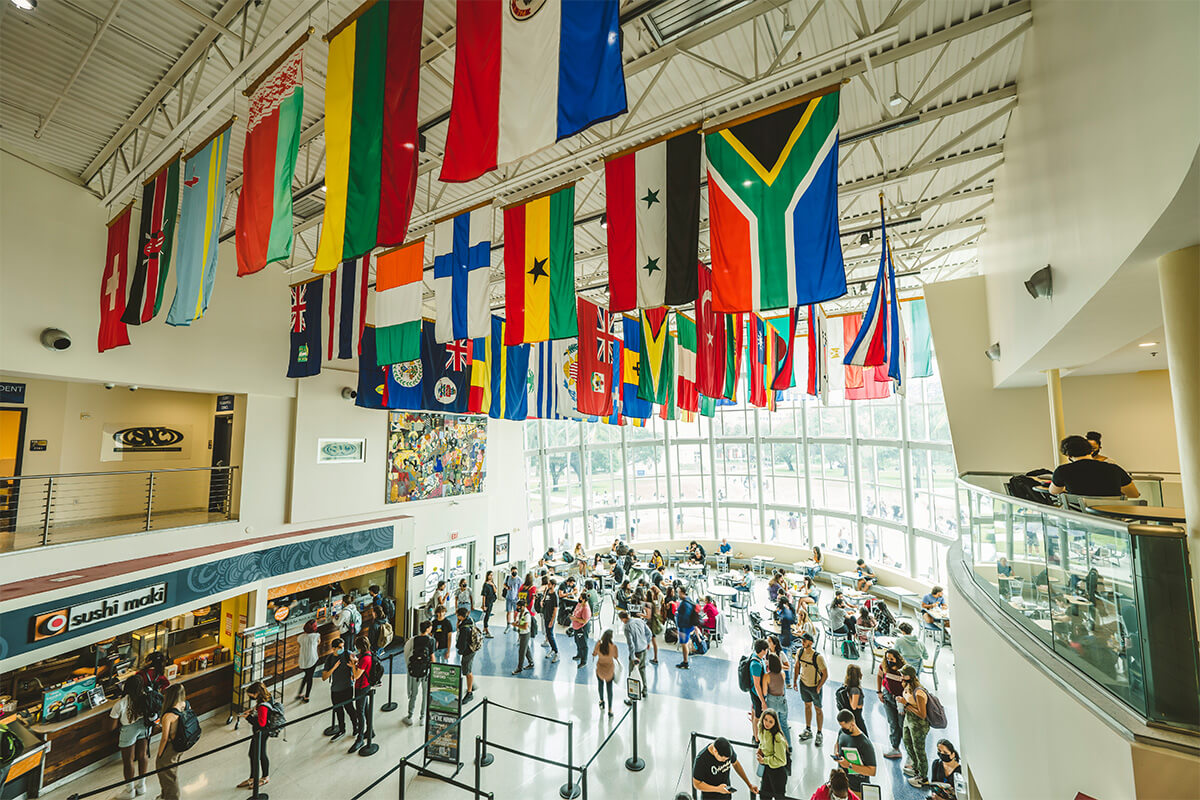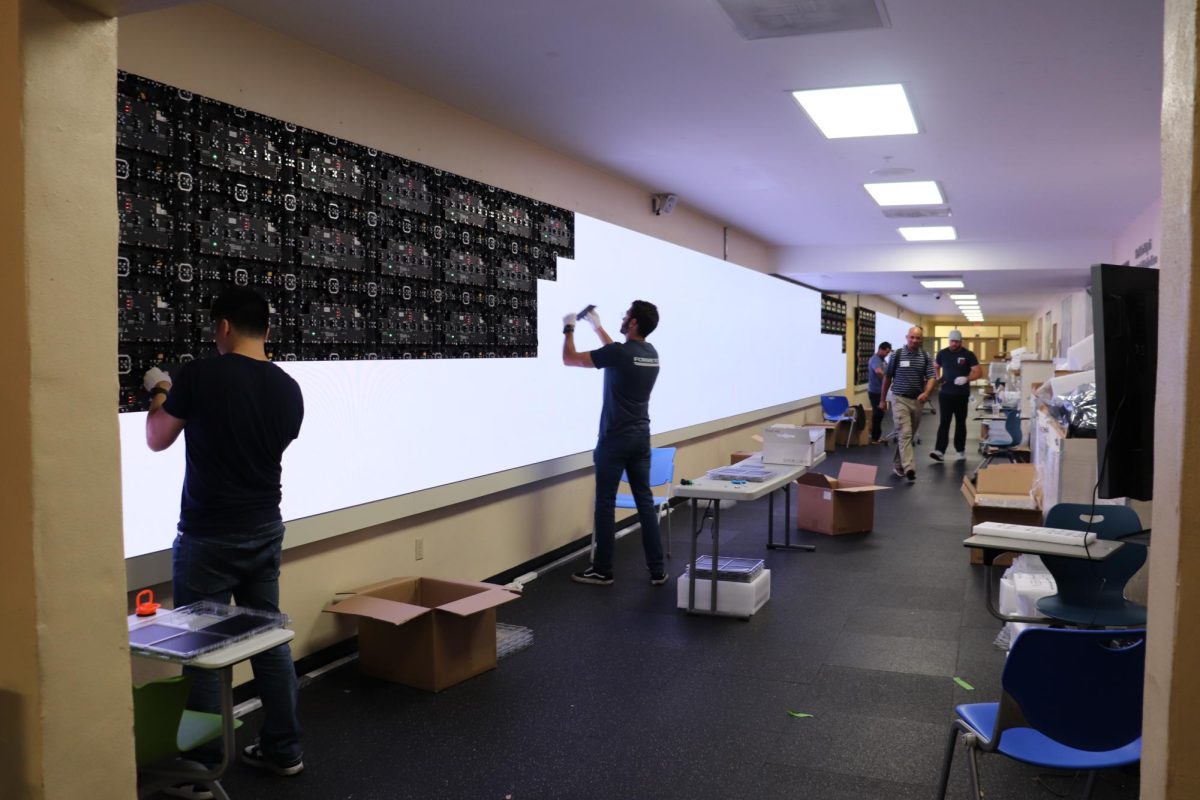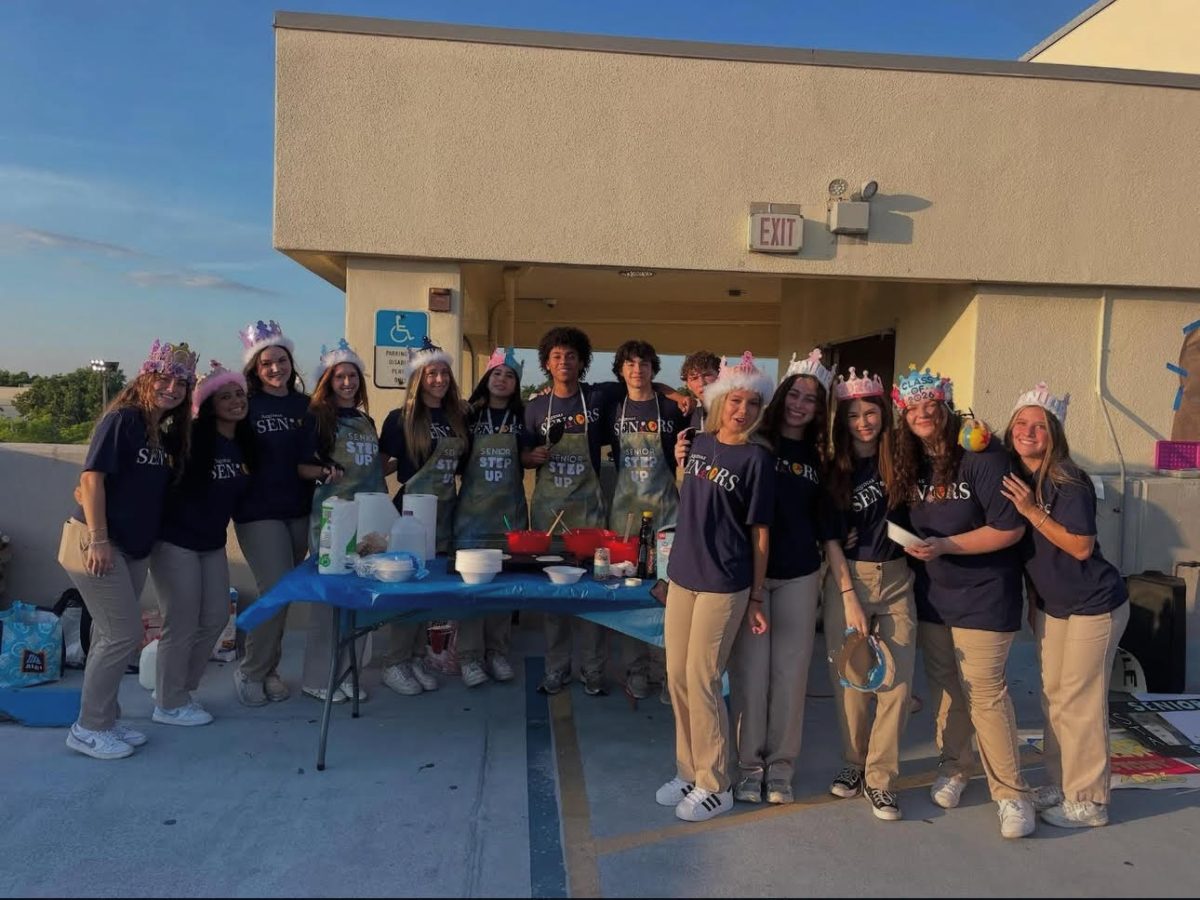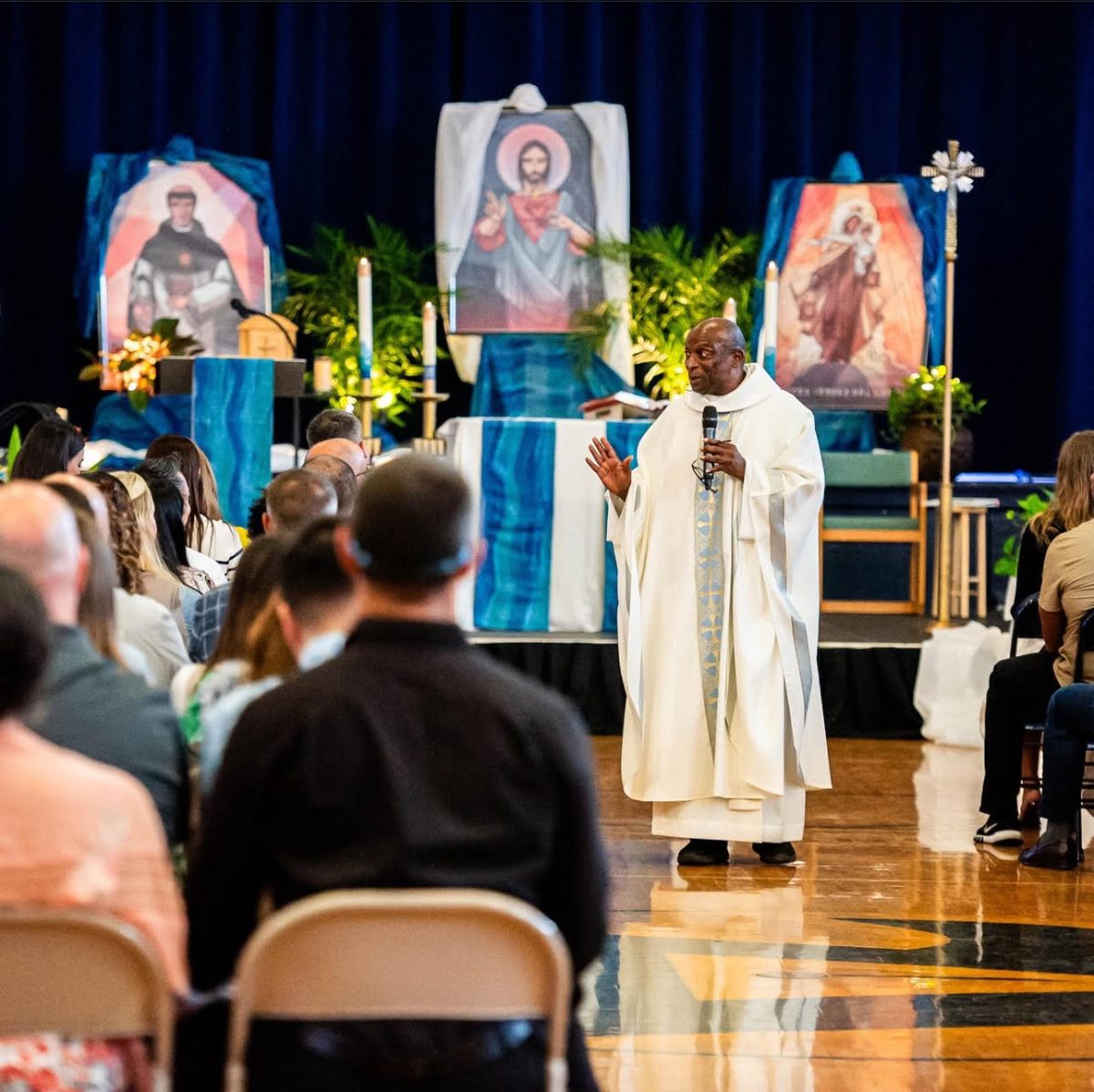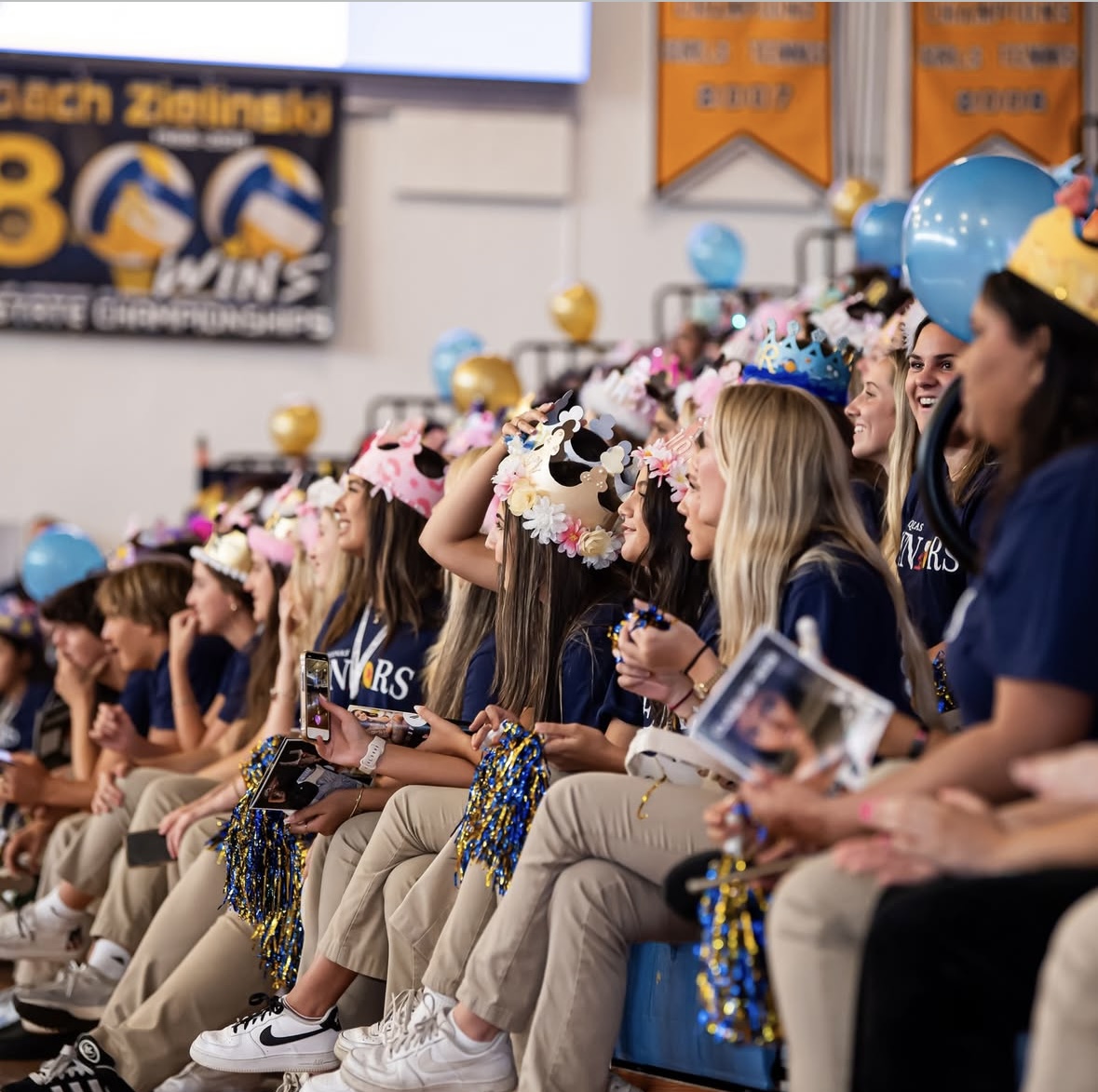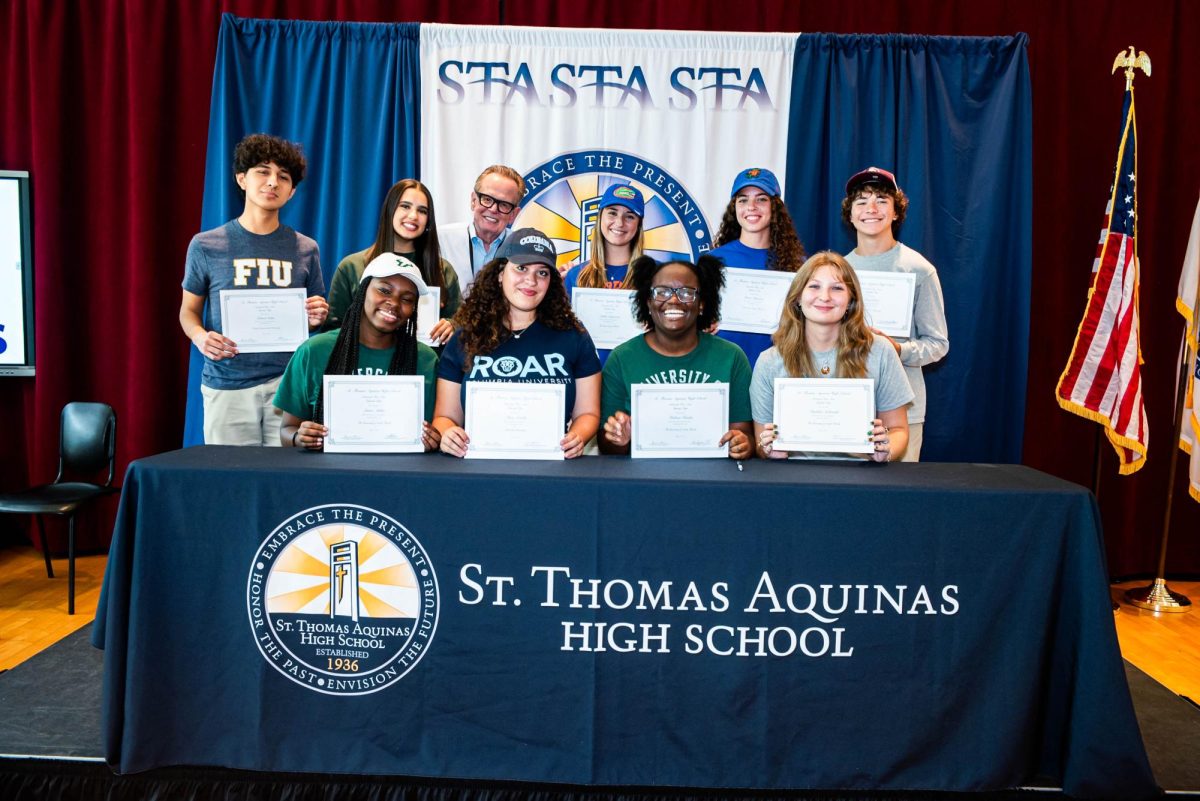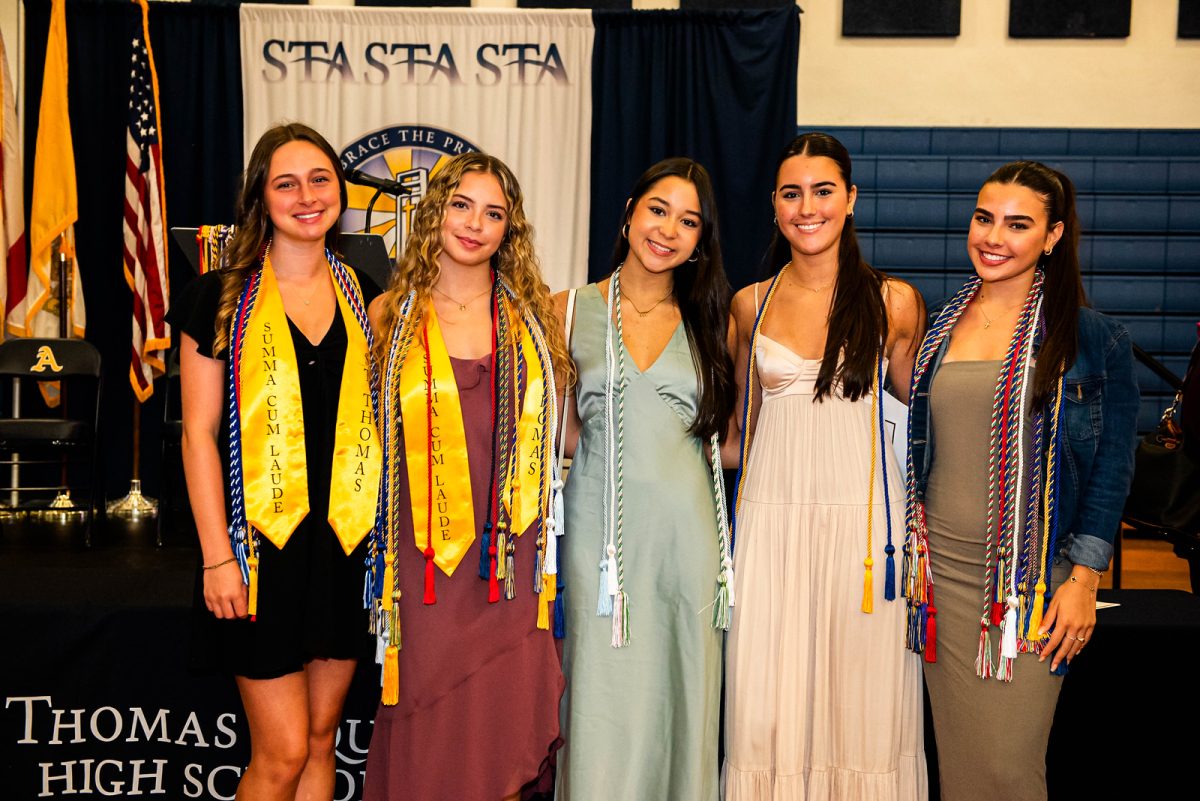As students from across the country become more ambitious and begin to flourish in their lives, it can be reflected in the activities they pursue. This is exemplified by STA’s Model United Nations (MUN) club, which allows students to participate in an environment similar to that of the actual United Nations. Students are enabled to grow in a variety of ways, ranging from their ability to speak, to their writing skills, and their ability to cooperate with others. Conferences like FIMUN, which stands for Florida International Model United Nations, are held every year among competing high schools. Lessons learned in MUN are applicable to student’s lives as well, such as their speaking skills or their negotiation skills,which can last a lifetime.
What is MUN?
The Model United Nations is a club that mimics the United Nations. It is conducted by different schools around the world and is hosted in what is called a committee. Committees usually begin right after the opening ceremony and team meetings and consist of three different groups: General Assembly (GA), Crisis, and Special Agencies.
In a GA, participants represent a given country in which a topic is given. As the committee goes on, countries must collaborate to make a resolution towards the issue. At FIMUN 36, DISEC, which stands for the Disarmament and International Security Committee, seeks to find a common ground between nations for the disarmament of nuclear weapons. Members of this committee can form a block, in which a group of delegates work towards a resolution or amendments. Typically, delegates find their blocks based on the beliefs of the country they represent, which varies from person to person.
In a Crisis, delegates act as individuals instead of countries, which allows for a wider range of topics and possible roles. This can vary from being a leading figure in a war to a president of a company or even a Spider-Man from a different universe. A Crisis comes to an end when the events of the storyline are all played out, while the GA ends with the most votes upon a resolution.
In a Specialized Agency, delegates will act in special scenarios that differ from those in other committees. Although they are unique, Specialized Agencies have several similarities to a Crisis committee, including the representation of people rather than countries in some scenarios, modified historical aspects, and a smaller number of delegates than found in a GA. These topics can range from economical issues, such as the African Union of 2009, to the International Court of Justice, all the way to political conferences, such as the Washington Naval Conference of 1921. Just like the other committees, Special Agencies conclude with whatever resolutions that are passed during that session.
At the closing ceremony of all of the committees, the awards are given out. Awards are granted to delegates who successfully participated in the committee and made a noticeable impact inside of the conference. The awards vary depending on the committee, but generally the awards include Diplomatic Commendation, Honorable Mention, Outstanding Delegate, and Best Delegate.
FIMUN 36
FIMUN, which is held in FIU, is a 3-day statewide conference for high school students. This year, FIMUN had a total of 19 committees, with the majority consisting of Crisis and Special Agencies. Committees which students from STA participated in include: DISEC (GA), African Union 2009 (SAG), SOCHUM (Social Humanitarian and cultural committee), Cymru am Byth: The Welsh Revolt, Spider-Verse Spider-Society, and many more.
On the first day of the three-day conference, students from all schools congregated in the Student Academic Success Center (SASC) building for the opening ceremony. At the opening ceremony, all students listen to the directors and chairs of the committees. After the opening ceremony, students went to their respective committees and began to get accustomed to the delegates around them in addition to their chair. Although students do participate during the committee, the first day is a day to get accustomed to the situation and other delegates in the committee. By the end of the first day, delegates should have an outline for their resolution and determine who is a part of their block.
On the second day, delegates begin to work on their resolutions on the topic of the committee. These resolutions must include sponsors, those who helped write the resolution; signatories, those who may or may not agree with the resolution but want it to be debated on; preambulatory clauses, which are previous historic action on the topics which outline for the operative clauses; and finally the operative clauses, which are new policies that state what the committee should do regarding the given topic.
By the second day, delegates address and vote upon the different resolution papers. During this time, students may debate and ask questions on logistics of potential solutions. The resolution with the most votes will be passed and taken into action. On the third day, delegates have what is called FUNMUN, which is a time to have fun with other delegates. This may consist of delegates from various committees “raiding” other ones. The chairs also participate and perform increasingly difficult dares based on how much money the delegates donated for the charity sponsored by FIU. At the end of the third day, students will go to the closing ceremony, which is where delegates will receive awards from their committee. This year at FIMUN, students from STA received a total of four awards, including two Best Delegate awards, won by co-presidents Connor Graham and Matias Velasco. By the end of the conference, students experience a sense of accomplishment, whether it is through awards, knowledge, or the experience itself.

